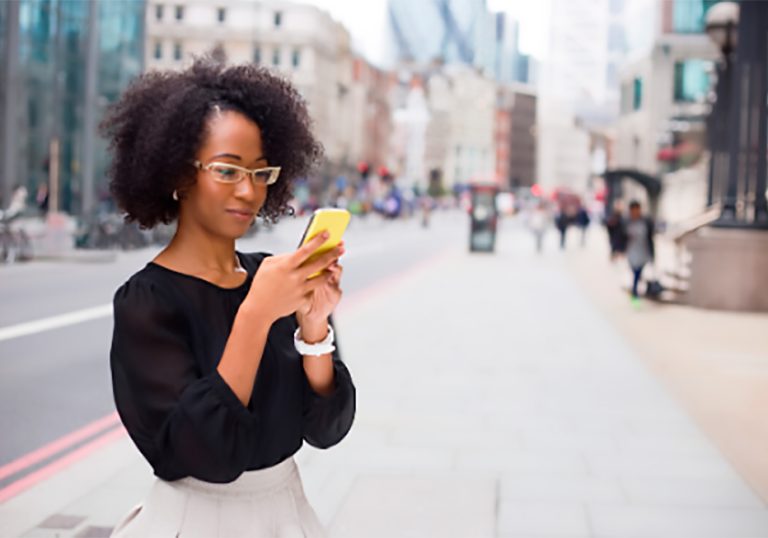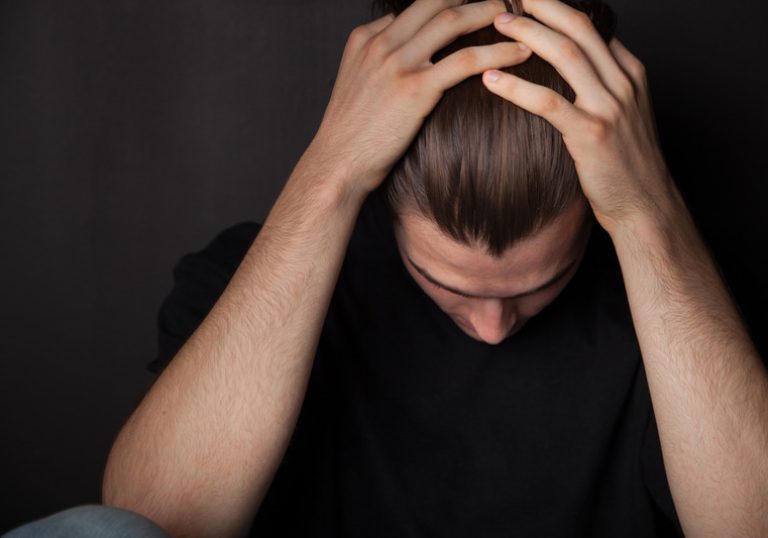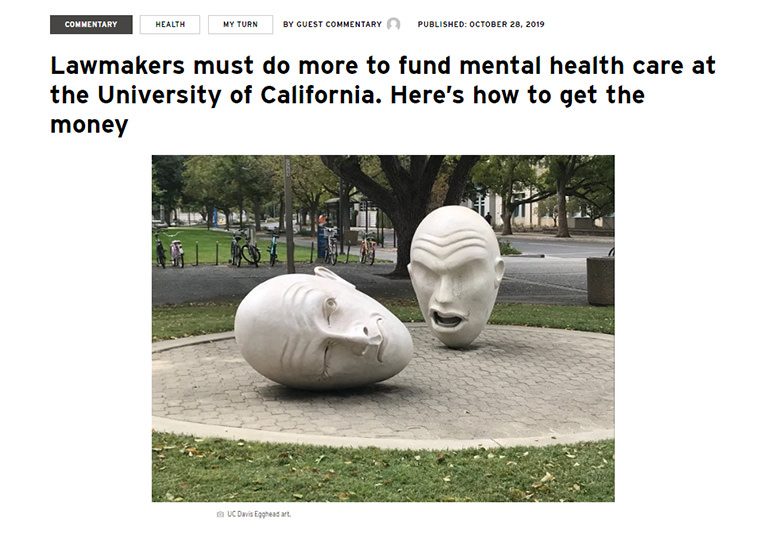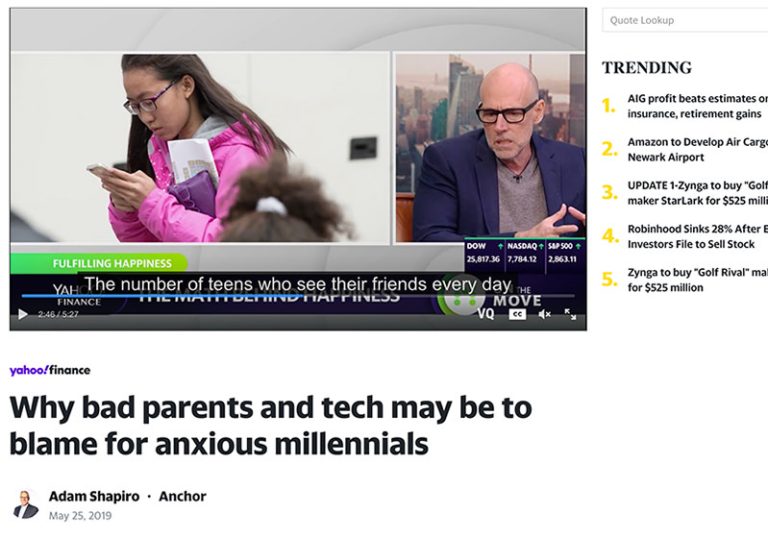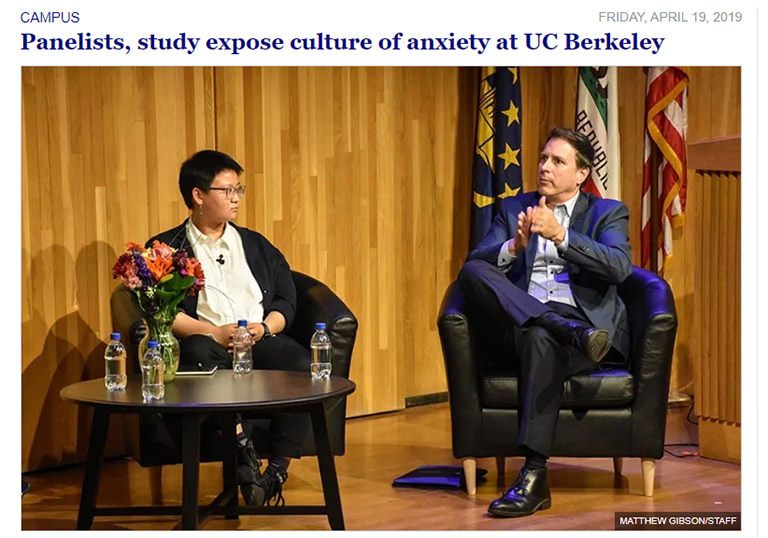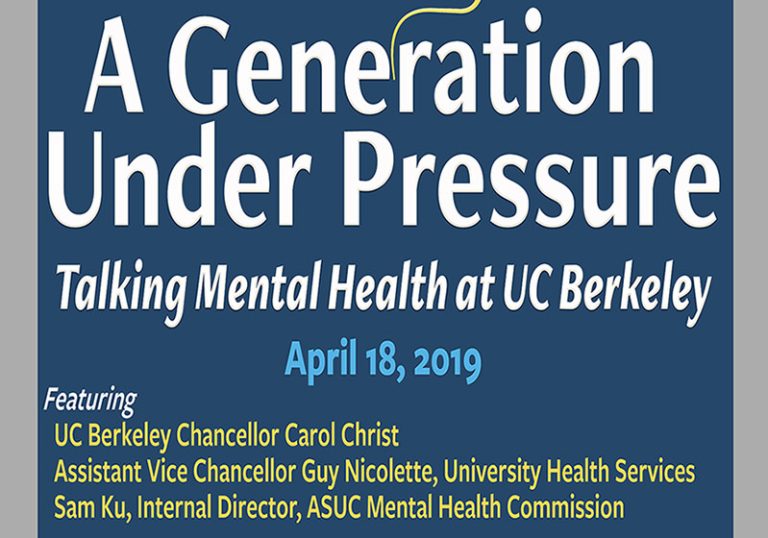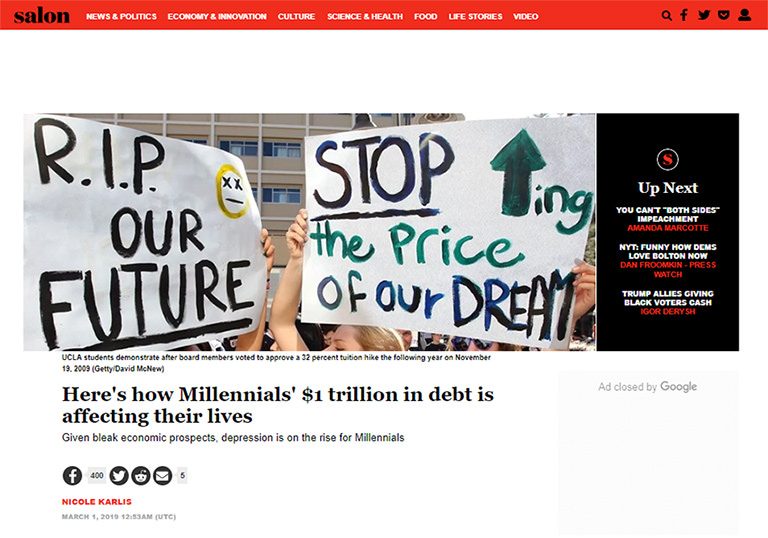Nanette Asimov, San Francisco Chronicle
By the time UC Berkeley sophomore Maja Ahmann had been on campus a few weeks last fall, her pattern was clear: When schoolwork felt too overwhelming, she relaxed with Snapchat, Twitter or Instagram, sometimes scrolling for hours.
But instead of reducing her anxiety, Ahmann felt so wound up that, two weeks ago, she sought the help of a campus therapist for the first time.
“Now I’m meditating,” Ahmann said. “It’s so much better — I deleted all social media from my devices, and I get my homework done on time.”
Ahmann’s problem mirrors that of college students across the country, whose daily stress and worry have reached levels never seen on campuses before, according to new findings by a UC Berkeley research team.
“We have a new epidemic on college campuses,” said Professor Richard Scheffler of UC Berkeley’s School of Public Health and the Goldman School of Public Policy, who led the team. “Our numbers show that (the number of) students being treated or diagnosed for an anxiety disorder has doubled nationally in the last eight years.”
Financial difficulties and the heavy use of digital devices were two of the likely reasons for the increase, according to the study sponsored by the Berkeley Institute for the Future of Young Americans. .
Scheffler and his team of graduate students examined nine years of data from two large, yearly studies of students: the National College Health Assessment survey of students and the National Longitudinal Survey of Youth.
Among the questions were those designed to gauge how worried students felt, and whether they suffered from persistent, unnecessary fears. It’s the definition of anxiety.
“You worry about things that you shouldn’t be worrying about,” Scheffler said, adding that more severe levels of anxiety can include recurrent panic attacks, characterized by rapid heartbeat and paralyzing fear.
The researchers found that in 2008, 1 in 10 students was diagnosed with anxiety disorder.
By 2016, it was 1 in 5.
The study also looked at survey results from University of California students in particular, and found an identical trend of rising anxiety — but saw that the percentage of students who reported being treated for anxiety was slightly lower than the national average: About 15% at UC, compared with 20% nationally in 2016, up from about 6% at UC, compared with 10% nationally in 2008.
The reason, they determined, was that UC enrolls more nonwhite students than do campuses across the country. Nonwhite students are far less likely to seek mental health treatment or report that they are being treated, Scheffler said, adding that underreporting means student anxiety is probably an even bigger problem than the study suggests.
The researchers also found that between 2008 and 2016 nationwide, anxiety levels rose at different rates among different ethnic and gender groups:
- Female students: 92%. Male students: 67%. Transgender students: 65%
- Black students: 180%. Latino and Asian American students: 150%. White students: 109%
The campus hosted a panel discussion on the findings this week. There, Chancellor Carol Christ said that difficulty finding a decent, affordable place to live on or near UC Berkeley is a major contributor to stress.
“Many colleges are like small towns,” she told the audience. “But (UC) Berkeley is like a big city — you have to find your neighborhood. But we make finding your neighborhood pretty heard. (The high cost of housing) really has an impact on students’ — and faculty’s — ability to find community.”
Scheffler and his team are waiting to explain the range of reasons for the rise in student anxiety until they publish a more in-depth analysis of their findings in six weeks or so, he said.
But they revealed strong connections between anxiety and the use of digital devices, financial difficulty and a mother’s higher level of education. (The national surveys didn’t ask about father’s education.)
- Students from families with trouble paying bills are 2.7 times more likely to have anxiety than those with no trouble paying bills.
- Students with a mother who has a college degree have a 45% higher chance of having anxiety.
- Students who spend more than 20 hours a week of leisure time using a digital device were 53% more likely to have anxiety than those who spend less than five hours a week doing the same.
“Every one of my friends — we all have some small anxiety,” said Ahmann, a legal studies major. “If we have a midterm, we isolate ourselves and always feel like we’ll fail.”
Rachel, a UC Berkeley freshman who asked that her last name not be used because of the stigma associated with anxiety, said she understands all too well what the study revealed.
“I just feel like they put too much pressure on us. They don’t really teach us how to adapt to the new workload,” she said.
Asked to describe her level of anxiety, Rachel didn’t hesitate: “On a scale of one to 10, I’d say 12.”
